How To Start Your Own Victory Garden
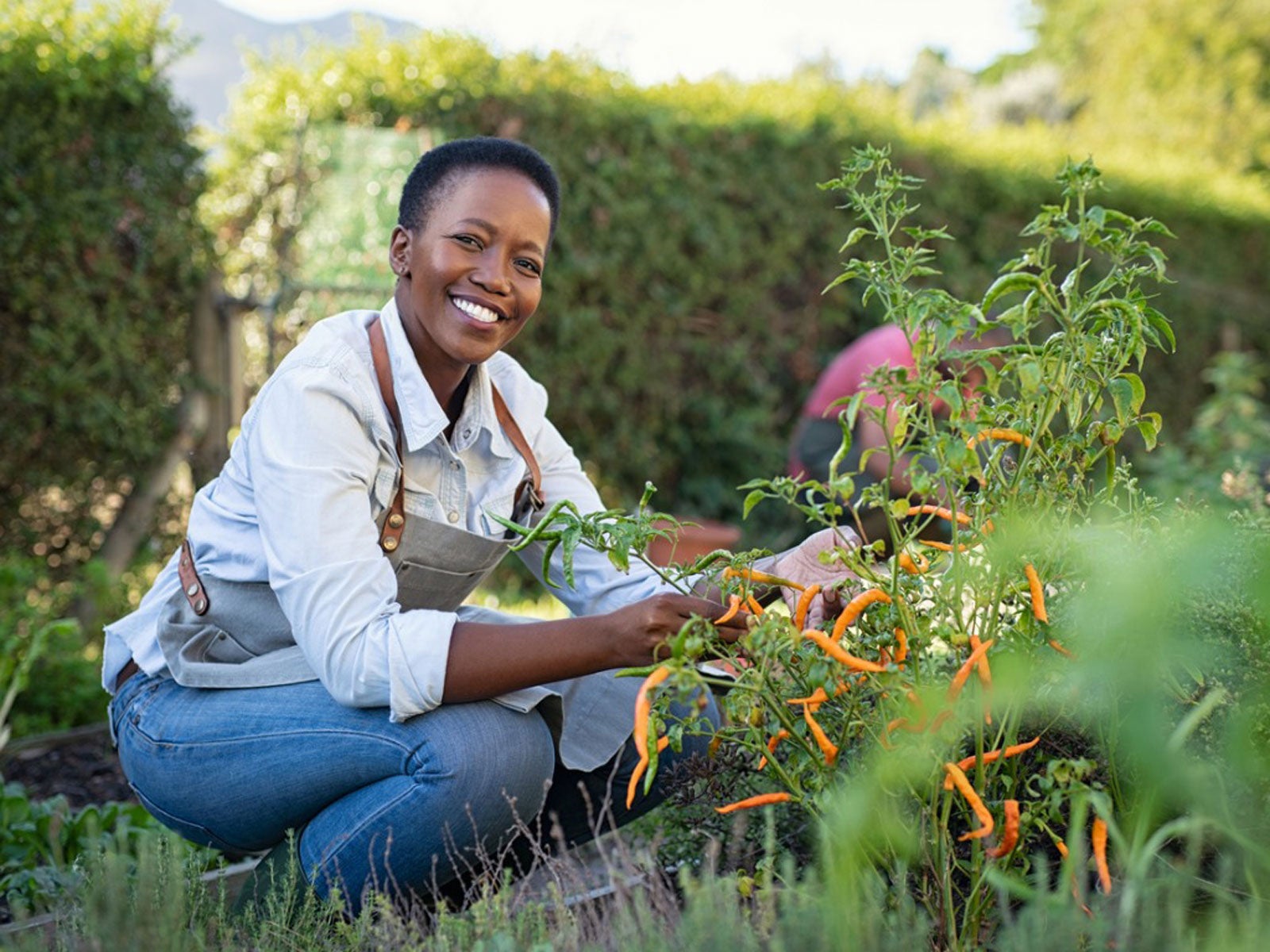

Mary Ellen Ellis
Victory gardens have been around for more than 100 years. Begun out of necessity, these vegetable gardens are now a great way to live more sustainably and live with purpose, to connect with others, and to be more self-sufficient.
Did Victory Gardens Help Win the War?
The first victory gardens were planted during World War I. Home gardeners in the United States, Britain, Canada, and Australia were called upon to use all available space to grow fresh vegetables and other food. The gardens, used along with rationing cards and stamps, helped to prevent food shortages and freed up commercial crops to feed troops. As slogans read at the time, "Food Will Win the War."
Victory gardens were a great morale boost, providing a way for folks on the home front to do their part in the war effort.
How Many Victory Gardens Were Planted?
The garden trend continued during World War II when an official Victory Garden Program launched in 1941. This is when victory gardening really took off, producing 40% of the fruit and vegetables consumed in the U.S. By 1944, Americans were growing 20 million victory gardens.
Also known as war gardens or food gardens for defense, victory gardens were grown in nearly every spare patch of land in private gardens, public lands, parks, playgrounds, rooftops, and churchyards. Even window boxes and front-step containers became useful spots for citizens to grow their own food.
Why Did Victory Gardens End?
Victory gardens ended because, thankfully, so did the war. But the country doesn't have to be at war to grow a vegetable garden. While the official program may be over, victory gardens today are still important in countless ways. They stretch the food budget, provide healthy exercise, produce chemical-free fruits and vegetables, help the environment, and allow a way for people to be self-sufficient, often with enough produce left over to share or donate.
Today’s victory garden can be a way to save resources, be more sustainable, and bring communities together. In 2020, victory gardens became a way to conquer a disease rather than a foreign enemy.
Gardening tips, videos, info and more delivered right to your inbox!
Sign up for the Gardening Know How newsletter today and receive a free copy of our e-book "How to Grow Delicious Tomatoes".
The idea of growing one’s own vegetables became popular again as COVID-19 put everyone on lockdown. The uncertainty in grocery stores, inflation, and tighter budgets made necessary by job losses led to a renewed interest in the classic victory garden. Today, it can be an individual effort or a community project.
How to Start a Victory Garden
Don’t worry too much about elaborate garden design -- the whole spirit of the victory-garden movement is to work with what you've got. The most important thing is to make a plan for a garden that fits in your space.
It should be somewhere with decent soil that drains well and doesn’t become waterlogged. It should also get several hours of sunlight per day. If you don’t have a good space for a garden, you can use containers, or consider finding a shared space for a community garden.
If you’re new to gardening, it’s wise to start small -- you can always expand next year. You may want to join a gardening group in your area or grab a couple of books at your local library. Most local cooperative extensions offer classes or helpful brochures and booklets about planting, watering, fertilizing, and coping with troublesome pests and disease in your area.
Most vegetables need at least a few hours of sunlight per day, and some, like tomatoes, need all-day warmth and bright sunlight. Knowing your growing zone will help you determine what to grow.
Prepare the Soil
Before you start any seeds or put transplants in the ground, make sure the soil is adequate for growing veggies. You might want to send a sample to your local extension office for testing and amendment suggestions. At the very least, break up the soil and mix in compost, well-rotted manure, or other organic material to a depth of about eight inches (20 cm).
Start Planting
How and when you put plants in the ground depends on the vegetables and your local climate. You can start seeds indoors to get a jump start on the growing season. You can also sow seeds for most vegetables directly in the bed. Follow guidelines for specific vegetables for timing and spacing.
Watering and Weeding
Once the plants or seeds are in the ground, your major tasks will be watering and weeding. Water your garden daily for the first couple of weeks. Then you can cut back on watering, just ensuring the bed gets an inch (2.5 cm) of water or rain per week.
Be vigilant about weeds and start pulling them as soon as they emerge. Weeds compete with vegetables for water and nutrients. If you let them grow too much, they can quickly get out of control and become difficult to manage. Avoid herbicides to prevent harm to vegetables. Hand-pulling is best.
Keep an eye out for disease or pests and deal with them accordingly. If you do these simple chores regularly, you should be ready to harvest your first victory vegetables in just a couple of months.
What Grows in a Victory Garden?
An essential part of the planning process is choosing your plants. Consider your preferences and what you’ll actually eat, but also learn about which veggies will grow well in your garden. Be aware of how much work goes into maintaining a vegetable bed before selecting more than you can handle. Original victory gardeners were encouraged to plant crops that were easy to grow, and that advice still holds true today.
These vegetables grow well and have a great return on produce:
- Beets
- Beans
- Cabbage
- Carrots
- Corn
- Cucumbers
- Garlic
- Herbs
- Kale
- Kohlrabi
- Lettuce
- Parsnips
- Peas
- Peppers
- Potatoes
- Onions
- Spinach
- Swiss chard
- Turnips
- Zucchini
You can also grow fruit such as strawberries, raspberries, and blueberries. If you don’t mind waiting, most fruit trees are ready to harvest in three or four years.
Planting a victory garden is a great way to celebrate the past and plan for the future. Know what you’re getting into, prepare, and then get to work building your vegetable garden.

A Credentialed Garden Writer, Mary H. Dyer was with Gardening Know How in the very beginning, publishing articles as early as 2007.
- Mary Ellen EllisWriter
-
 8 Noteworthy Native Azaleas Every Gardener Should Know – And Grow!
8 Noteworthy Native Azaleas Every Gardener Should Know – And Grow!Native azaleas offer brilliant blooms in a range of colors and sizes. Here are a few favorites to get inspired and start working on a native shade garden!
-
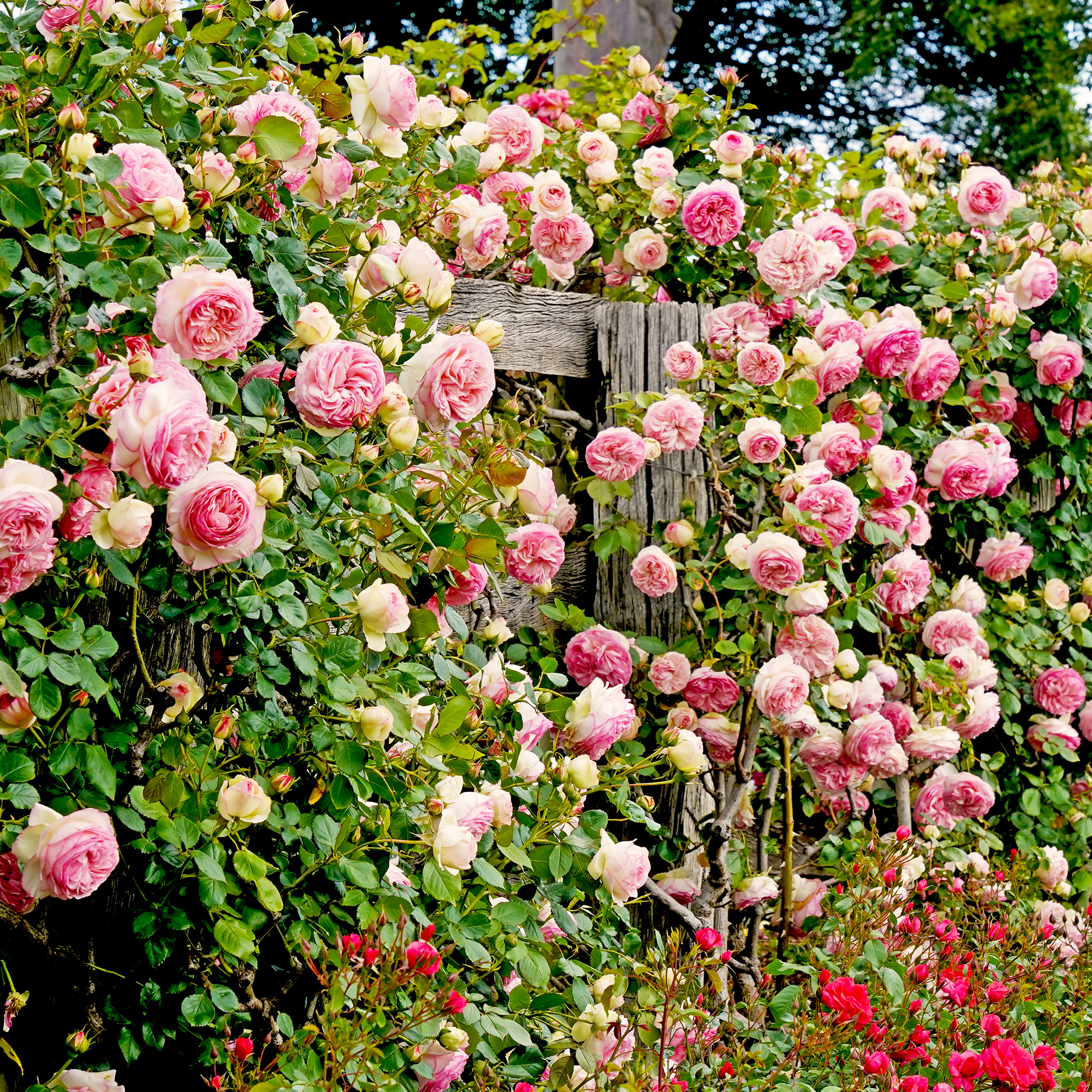 Growing Climbing Roses: How To Create Elegant Displays With Maximum Blooms
Growing Climbing Roses: How To Create Elegant Displays With Maximum BloomsMaster the art of growing stunning climbing roses with this essential guide to creating vibrant, fragrant walls and structures all summer long.
-
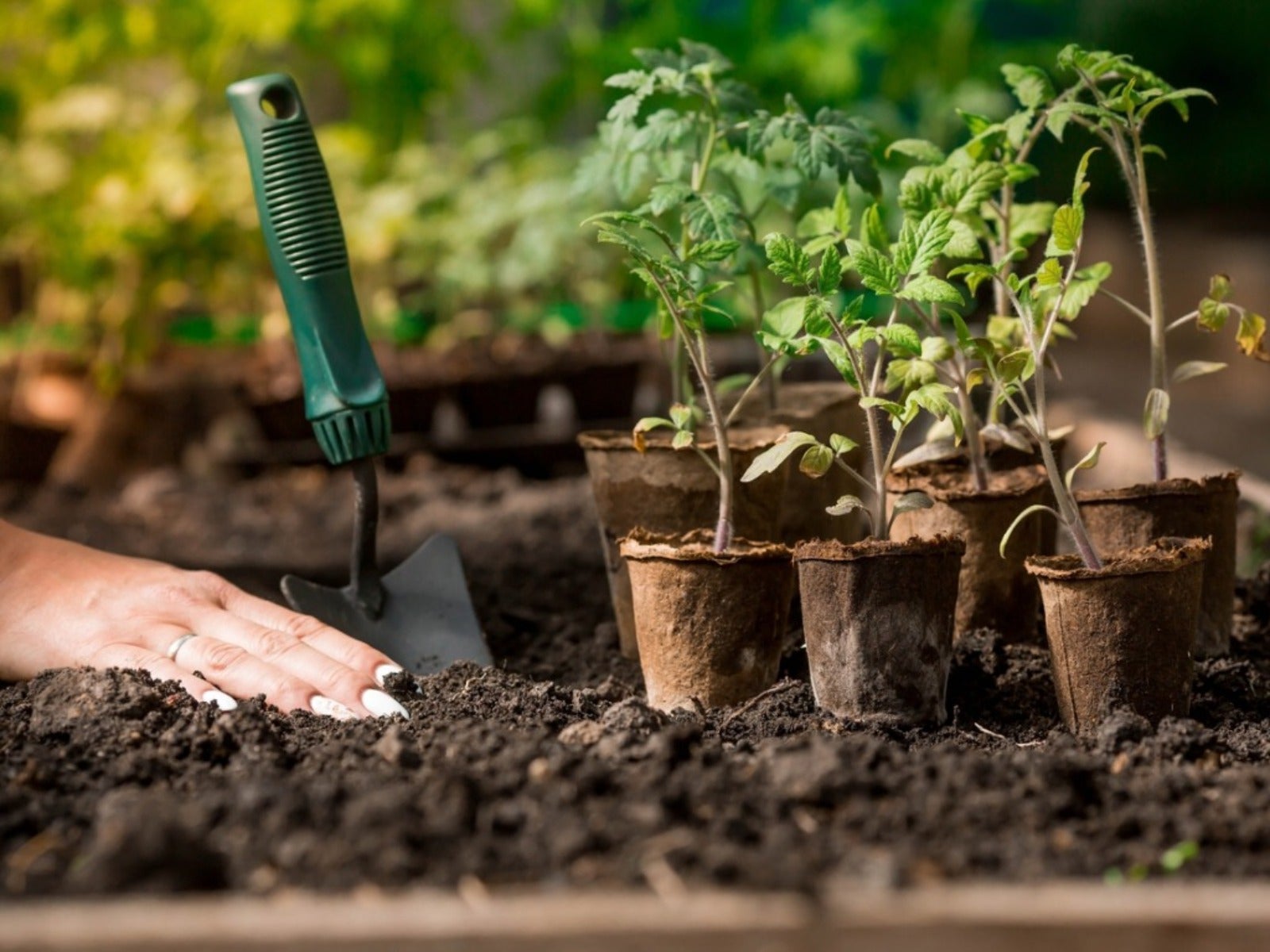 How Many Vegetables To Plant Per Person For A Year
How Many Vegetables To Plant Per Person For A YearGauging how much to plant in a vegetable garden can eliminate waste while still producing enough for your family. Click for more.
-
 13 Perennial Fruits And Vegetables You Only Have To Plant Once
13 Perennial Fruits And Vegetables You Only Have To Plant OnceLooking to set it and forget it? Find out which fruits and vegetables can be grown as perennials.
-
 11 Edible Plants For A Year-Round Garden In A Bucket
11 Edible Plants For A Year-Round Garden In A BucketWant to know how to grow food inside your house and which foods do best indoors? Click here to learn all about it.
-
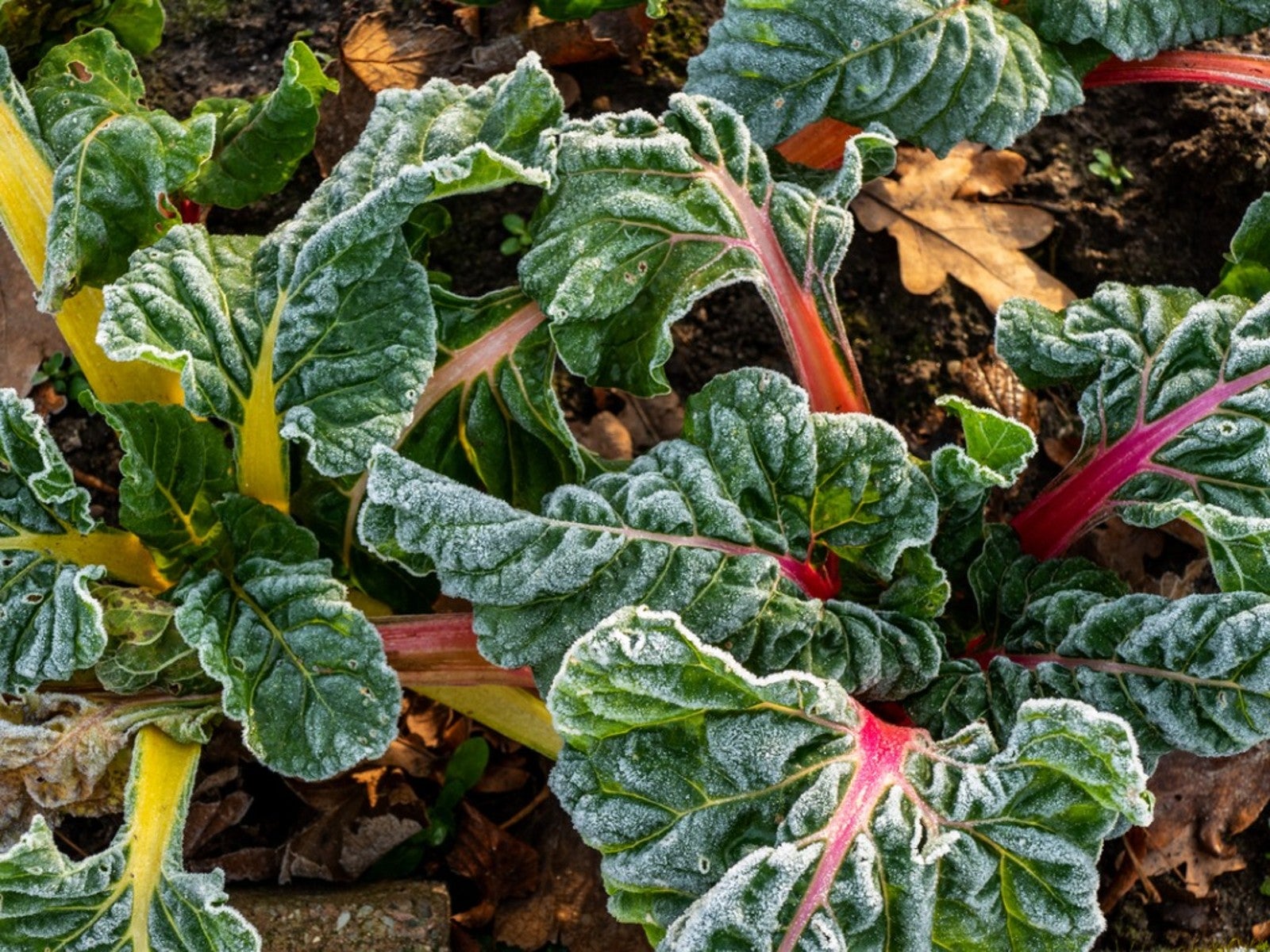 Frost Tolerance Of Vegetables From Least To Most Hardy
Frost Tolerance Of Vegetables From Least To Most HardyHow cold can vegetables tolerate? Knowing which veggies will survive frosts and freezes is essential for the success of your garden. Click here for more.
-
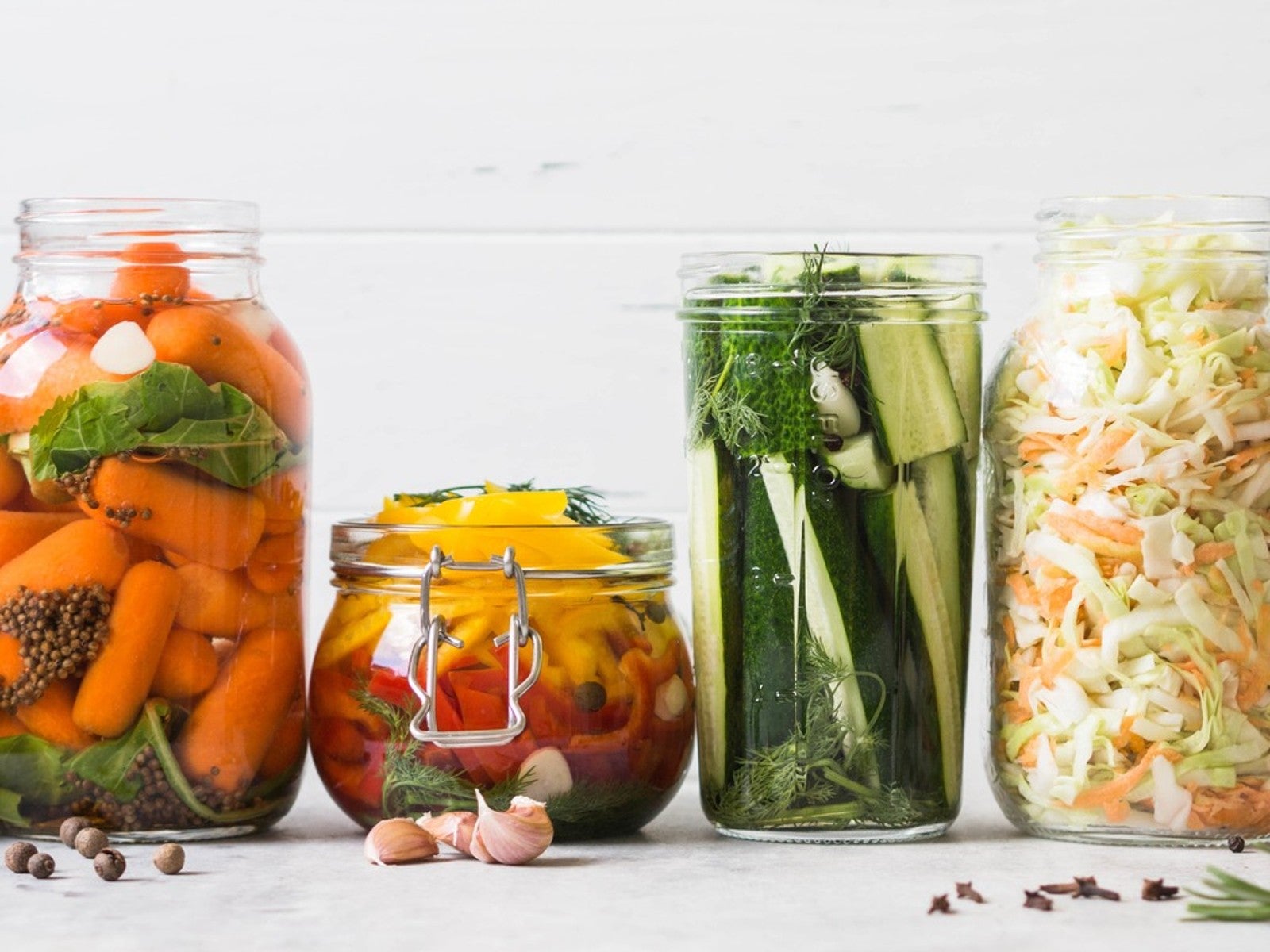 Best Vegetables To Pickle Straight From The Garden
Best Vegetables To Pickle Straight From The GardenPickles aren’t limited to just cucumbers. Read on for tips on pickling your fresh veggies.
-
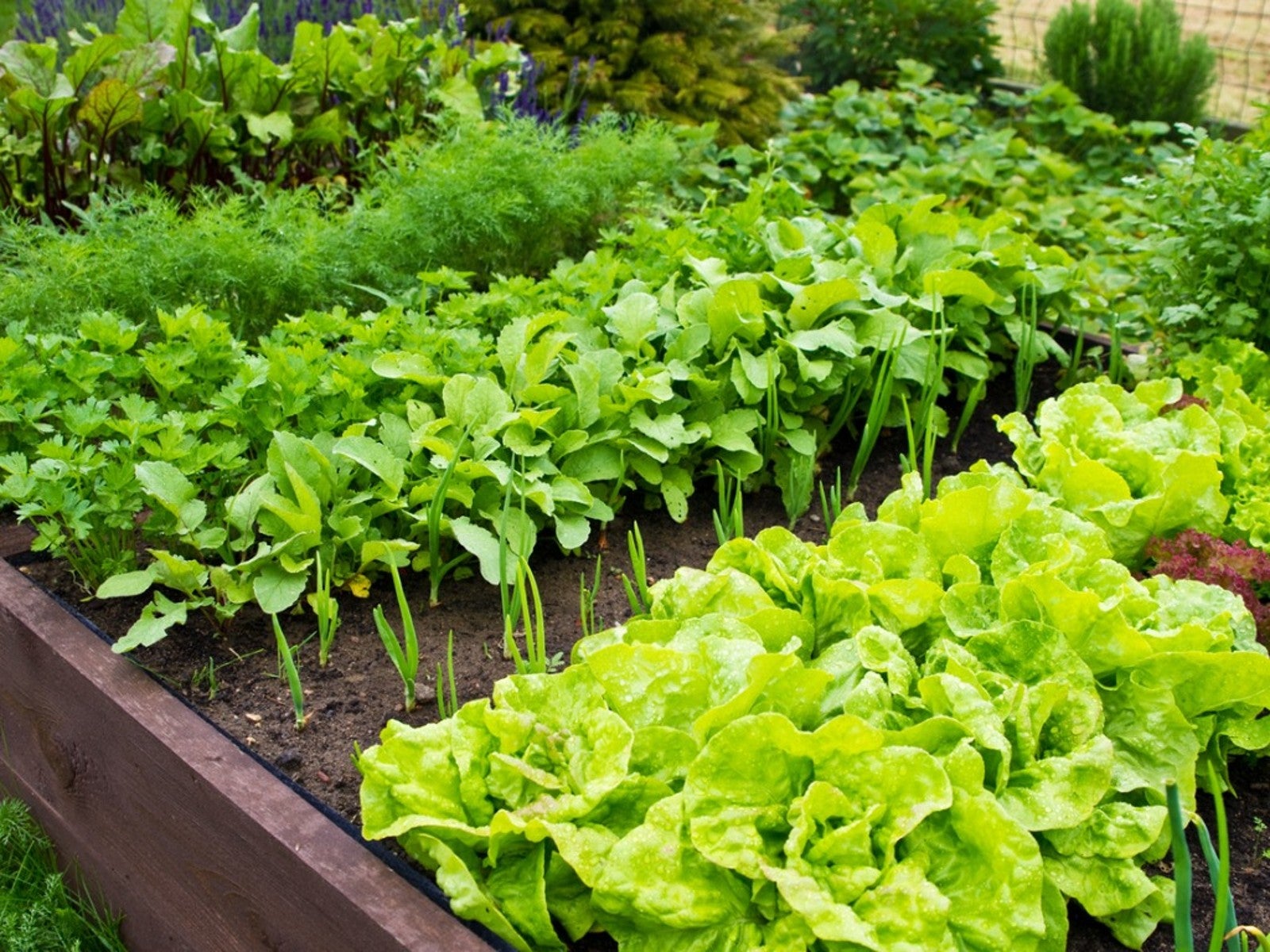 Benefits Of Planting In Fall Vs. Spring Vegetable Plots
Benefits Of Planting In Fall Vs. Spring Vegetable PlotsLearn why some vegetables do better if you plant them in fall instead of spring.
-
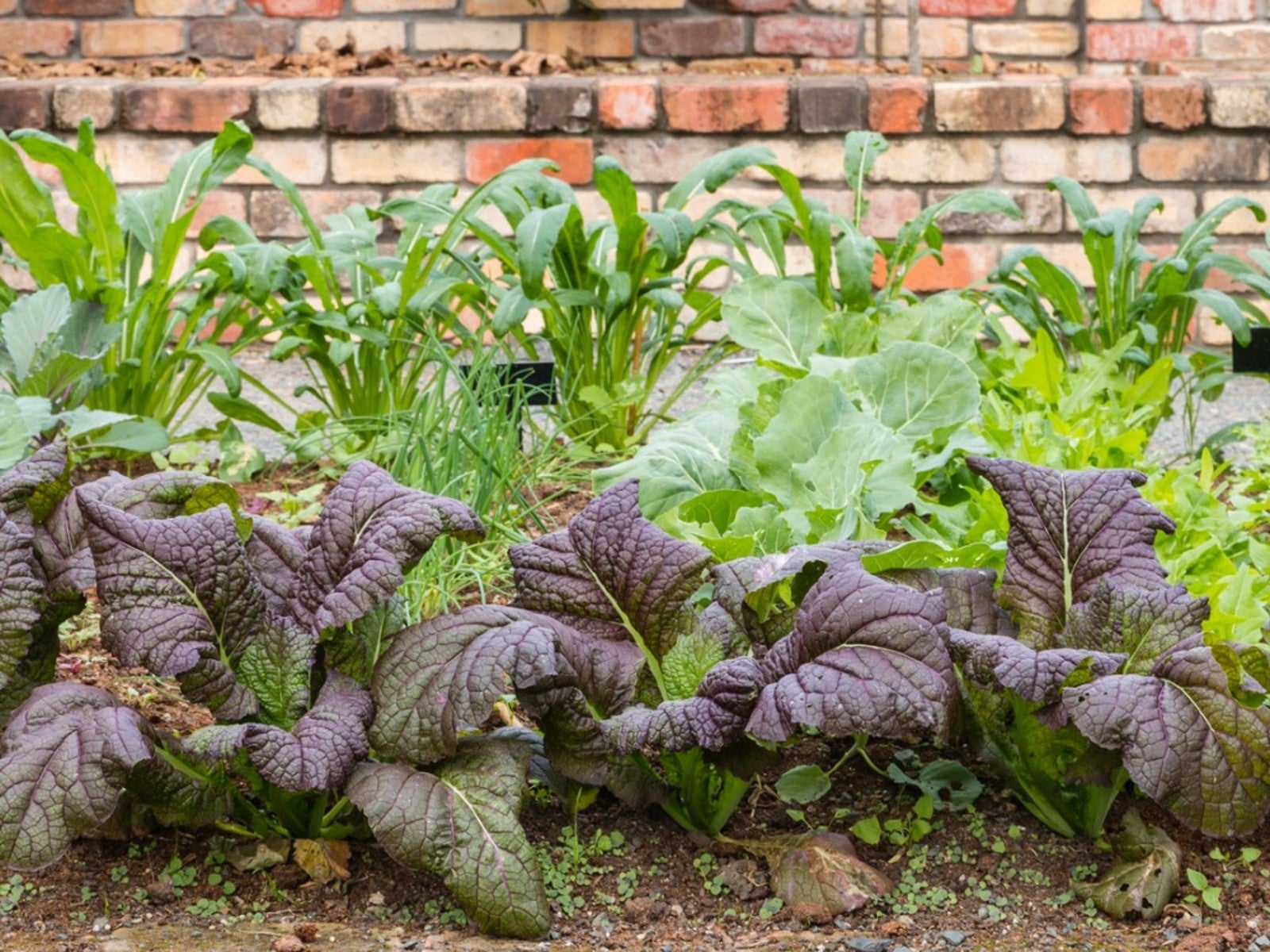 Interplanting Vegetables In The Fall Garden
Interplanting Vegetables In The Fall GardenLearn all about the benefits of interplanting vegetables for your fall garden.
-
 Best Vegetables For Growing In Perlite
Best Vegetables For Growing In PerlitePerlite is a natural growing medium that comes from super-heated volcanic glass. In some cases, it works better than soil. Read on for more info.